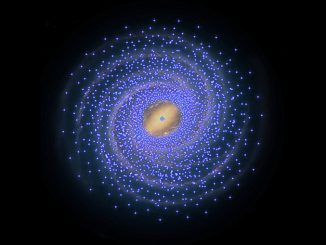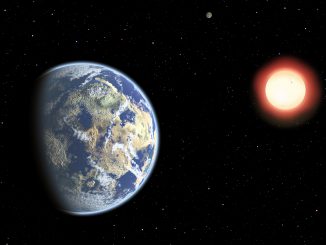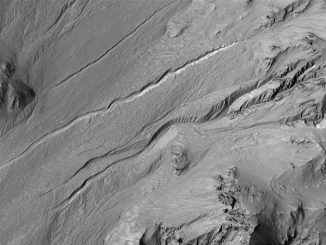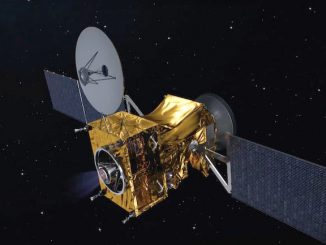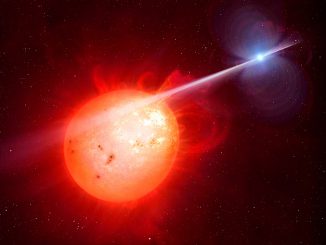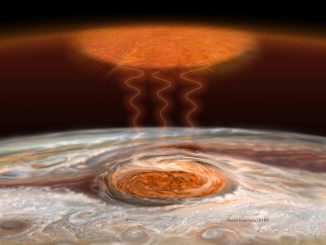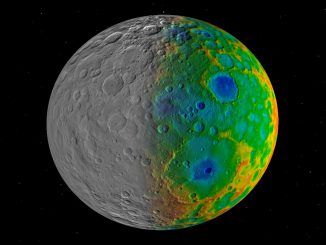
Freezing effects of Jupiter’s shadow on Io’s volcanic gases revealed
A team of scientists has documented atmospheric changes on Io, Jupiter’s volcanically active satellite, as the giant planet casts its shadow over the moon during daily eclipses. Io’s thin atmosphere collapses as the sulfur dioxide gas emitted from volcanoes freezes when shaded by Jupiter. The atmosphere reforms when Io moves out of eclipse and the ice sublimates.

